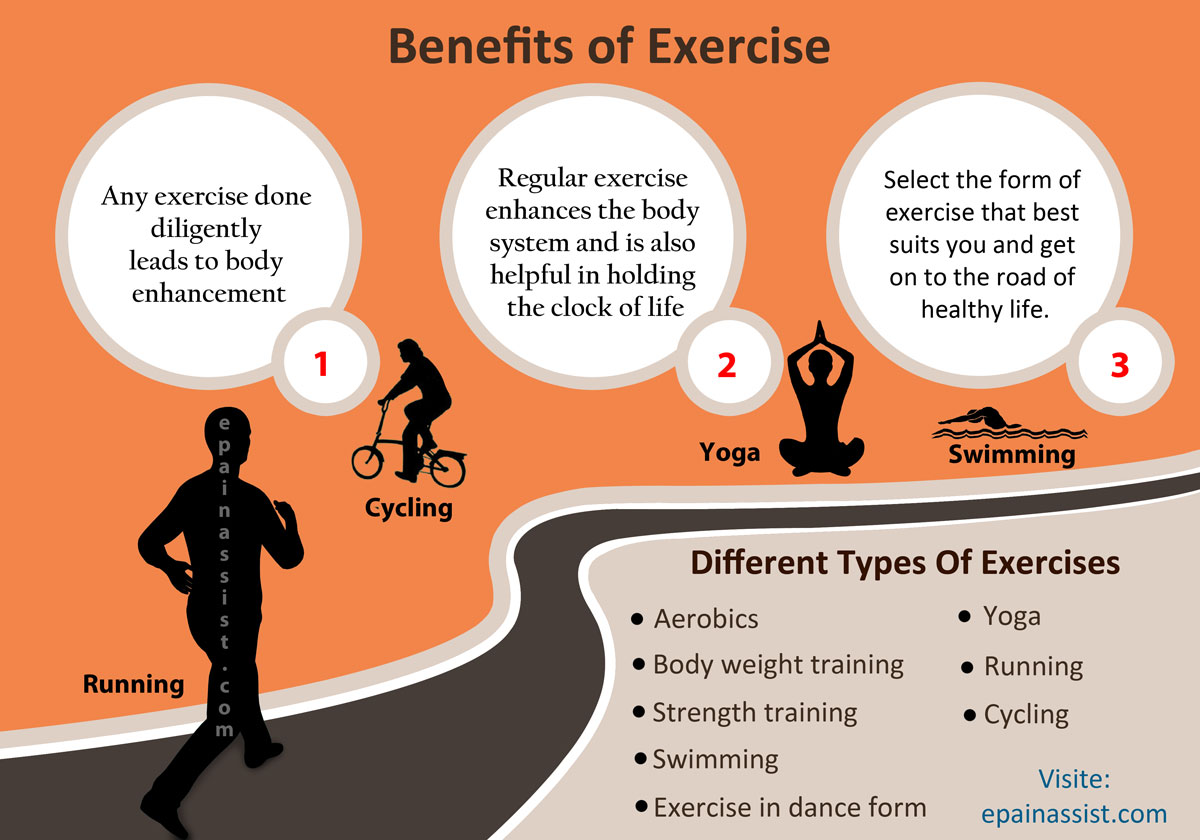
There are a few different types of fitness monitoring apps. Some are free while others can cost you a few dollars per month. Let's take a look at some of the top options. First, there's MapMyFitness. It tracks over 600 activities. It maps your route and records distance, speed, and other statistics. There's also a calorie counter, and you can even wager against friends to see who can complete the most workouts in a month.
The Fitbit app is a great example of a fitness tracking app. There are many features that will help you stay on track during a workout. It's easy to track your goals, and track your progress with the built-in calendar. It can also be connected to a community and health app. You can also get a free trial to see if you like it before you buy a subscription.

Keelo offers another option to track your workouts. The app also has an exercise preview that allows you to see what you are doing. It allows you track how many minutes you spent on certain exercises. It also offers a body measurement calculator. You can also use this information to track your progress over time. Jefit also provides a community for users. They can help you with your training and give you their workouts.
Another great tool for tracking your exercise activities is the Human Activity Tracker. It can be used to measure and track your activity. It's free and easy to use. You can pick the most challenging exercises and log them in your daily diary. This will help to determine how effective your workouts are. You can also create and keep track of your fitness goals if you already have one.
The Apple Watch is another option for a fitness tracker app. The iPhone supports many fitness tracker apps, including FitNotes. Its simplicity makes it ideal to those who don't require complex features. And it's free - though it offers a donation version. This is a great way of supporting charities and supporting the app's developers. Although the process is simple, it can sometimes be confusing to connect your iPhone to the app.

FitTrakker is a popular app for tracking your fitness. It uses physiology zone technology to track your workload and personalize your workouts. It features a personalized profile for each user, and has an energy meter to accurately record your calories burned during workouts. This will allow you to design a effective weight loss plan, track your progress and see if it's succeeding. The app also features a number of other useful features that make it an excellent fitness tracking app.
FAQ
Why do we need to have a healthy lifestyle?
Healthy living can lead to a longer, more fulfilling life. Good nutrition, exercise regularly, good sleep habits, stress management and healthy lifestyle can help you avoid heart disease and stroke.
A healthy lifestyle helps us cope better when we are faced with everyday stresses. A healthy lifestyle will help us feel more confident and younger.
What should you eat?
Consume lots of fruits, vegetables. They contain vitamins and minerals which help keep your immune system strong. Vegetables and fruits are high in fiber which helps to digest and fill you up. Aim to eat five to six servings of fruit each day.
Water is essential for your body. Water flushes out toxins and helps you feel full between meals. Drink about eight glasses each day.
Eat whole grains instead of refined ones. Whole grains are rich in nutrients such as iron, zinc and magnesium. Some nutrients have been removed from refined grains.
Sugary drinks should be avoided. Sugary drinks can be a source of empty calories, which can lead to obesity. Choose water, milk or unsweetened tea instead.
Avoid fast food. Fast food has little nutritional value. While it might taste good, it won't give your body the energy it needs to function properly. Avoid soups, sandwiches and other unhealthy options.
Limit your alcohol consumption. Alcohol contains empty calories and contributes to poor nutrition. Limit yourself to no more than two alcoholic beverages a week.
Red meat should be cut down. Red meats can be high in cholesterol and saturated fat. Opt for lean cuts of beef, pork, lamb, chicken, fish, and turkey instead.
How can you tell what is good?
Listen to your body. Your body knows what you need when it comes time to eat, exercise, and get enough rest. It is important to listen to your body to ensure you are not doing too much. You must listen to your body to ensure you are healthy.
What's the difference between fat or sugar?
Fat is an energy source that comes directly from food. Sugar is a sweet, naturally occurring substance in fruits and vegetables. Both fats, as well sugars, provide the same number calories. Fats however, have more calories than sugars.
Fats can be stored in the body, which can lead to obesity. They may cause cholesterol buildup and lead to strokes or heart attacks.
Sugars are quickly absorbed by the body and provide instant energy. This causes blood glucose levels in the body to rise. High blood glucose levels can be dangerous because it increases the risk of developing type II diabetes.
How can I lower my blood pressure
First, you must determine what is causing high blood pressure. Next, you will need to determine what is causing high blood pressure. This could be as simple as eating less salt, losing weight, taking medications, etc.
Exercise is also important. You can also walk if you don’t have the time.
You should join a gym if you are unhappy with your exercise routine. You will probably join a gym where you can meet other people with similar goals. It's easier for you to exercise if you know that someone will be watching you at the club.
How does an antibiotic work?
Antibiotics are drugs that destroy harmful bacteria. Antibiotics can be used to treat bacterial infection. There are many kinds of antibiotics. Some can be taken orally, others are injected and some are applied topically.
Many people who have been exposed can be prescribed antibiotics. One example is if someone has had chickenpox and wants to prevent shingles. Or, if someone has had strep throat, he or she might receive an injection of penicillin to help prevent pneumonia.
Doctors should prescribe antibiotics to children. Children are at greater risk than adults for developing serious side effects from taking antibiotics.
Diarrhea is the most common side effect from antibiotics. Other possible side effects include diarrhea, nausea and vomiting, allergy reactions, dizziness, dizziness, stomach cramps, nausea, vomiting or allergic reactions. These symptoms usually go away after treatment ends.
Statistics
- WHO recommends consuming less than 5% of total energy intake for additional health benefits. (who.int)
- According to the Physical Activity Guidelines for Americans, we should strive for at least 150 minutes of moderate intensity activity each week (54Trusted Source Smoking, harmful use of drugs, and alcohol abuse can all seriously negatively affect your health. (healthline.com)
- In both adults and children, the intake of free sugars should be reduced to less than 10% of total energy intake. (who.int)
- nutrients.[17]X Research sourceWhole grains to try include: 100% whole wheat pasta and bread, brown rice, whole grain oats, farro, millet, quinoa, and barley. (wikihow.com)
External Links
How To
What does the word "vitamin" mean?
Vitamins are organic substances found naturally in food. Vitamins help us absorb nutrients from foods we eat. Vitamins are not made by the body, so they must be obtained through food.
There are two types if vitamins: water soluble, and fat soluble. Water-soluble vitamins dissolve readily in water. Vitamin C,B1(thiamine), B2 (2riboflavin), and B3 (3niacin), as well as vitamin C,B1, B2 (riboflavin), and B3 (niacin), vitamin B6 (pyridoxine), vitamin folic acid (biotin), pantothenic, and choline are examples. Fat-soluble vitamins can be stored in the liver or in fatty tissue. Examples include vitamin D, E, K, A, and beta carotene.
Vitamins are classified according their biological activity. There are eight major vitamin groups:
-
A - Essential for healthy growth and health maintenance.
-
C - important for proper nerve function and energy production.
-
D - necessary for healthy bones and teeth.
-
E is required for good vision and reproduction.
-
K - Required for healthy nerves and muscles.
-
P - Essential for strong bones and teeth.
-
Q - Aids digestion and iron absorption
-
R - necessary for making red blood cells.
The recommended daily intake (RDA), of vitamins varies with age, gender and physical condition. The U.S. Food and Drug Administration has established the RDA values.
For adults 19 years and over, the RDA of vitamin A is 400mg per day. Pregnant mothers need 600 micrograms per days because it is vital for the development and growth of their baby. Children ages 1-8 require 900 micrograms per day. Infants under one year of age require 700 micrograms per day, but this amount decreases to 500 micrograms per day between 9 months and 12 months of age.
Children ages 1-18years who are obese need 800 micrograms per day while those who are overweight need 1000 micrograms per day and children who are underweight need 1200 micrograms per day to meet their nutritional needs.
Children between 4 and 8 years old with anemia will need 2200 micrograms daily of vitamin C.
2000 micrograms are required daily for good health in adults over 50. Breastfeeding or pregnant women require 3000 micrograms per daily due to higher nutrient demands.
Adults over 70 need 1500 micrograms daily, as they lose 10% of their muscle every ten years.
Women who are pregnant or nursing need more than the RDA. Pregnant mothers need 4000 micrograms per daily during pregnancy and 2500 after giving birth. Breastfeeding moms need 5000 micrograms each day when breastmilk production occurs.